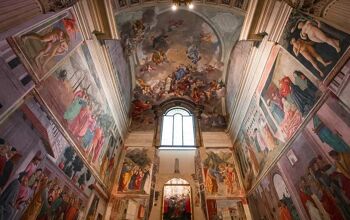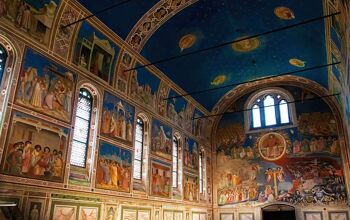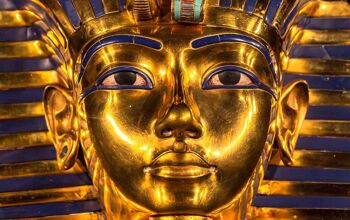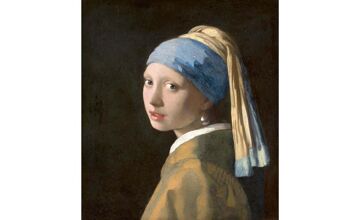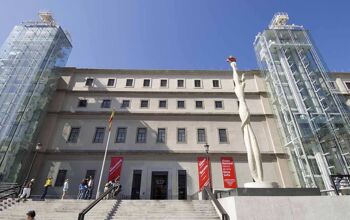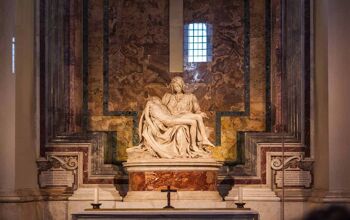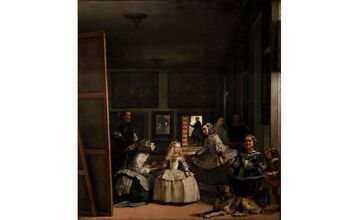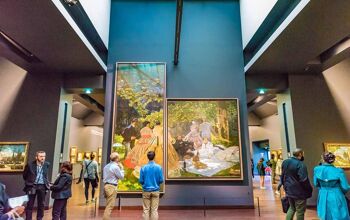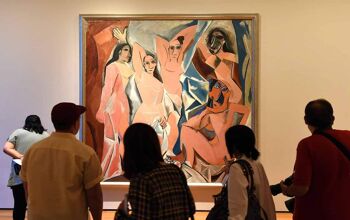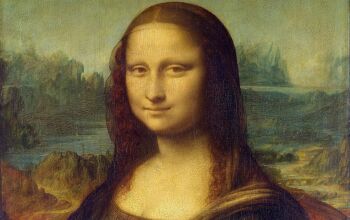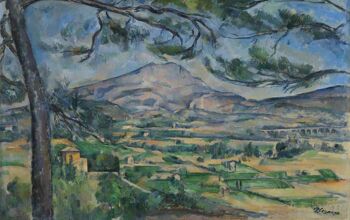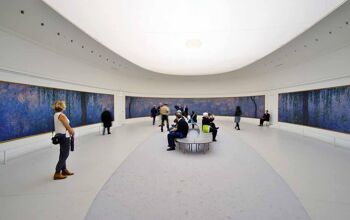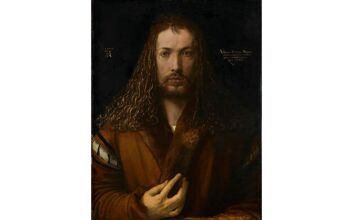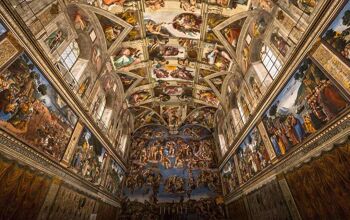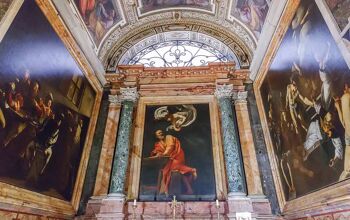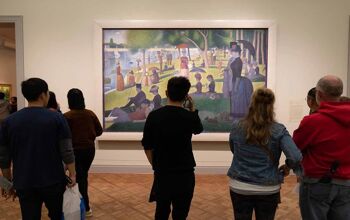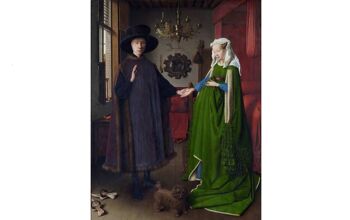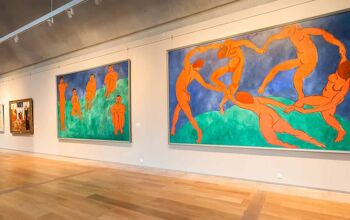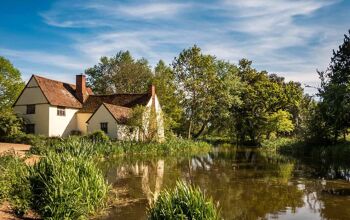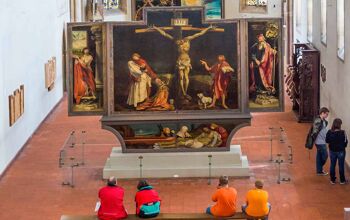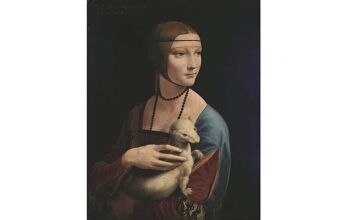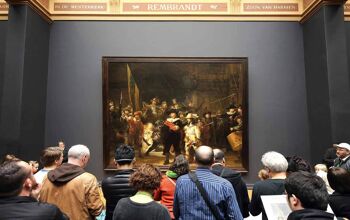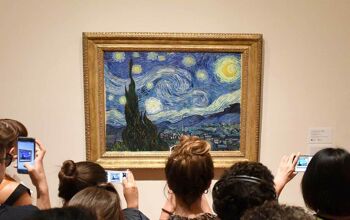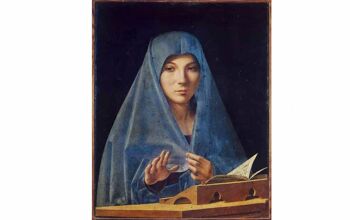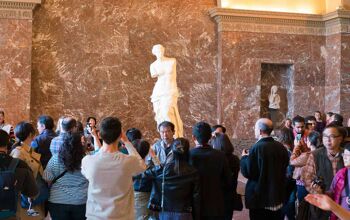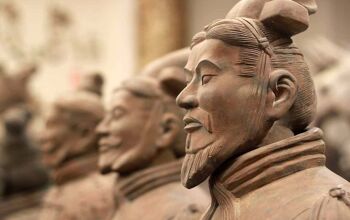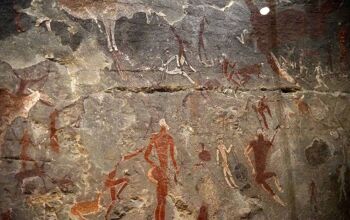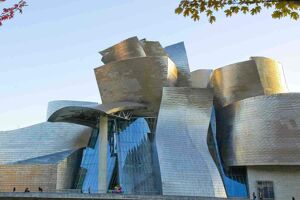Who are the world’s most famous painters?
1. Giotto di Bondone (1267-1337)
An Italian painter, Giotto is considered the father of the Renaissance. Known for breaking away from Byzantine art styles, he introduced realism and depth. His most famous works include the frescoes in the Scrovegni Chapel, notably ‘The Lamentation’.
2. Leonardo da Vinci (1452-1519)
A key Renaissance figure, Leonardo is celebrated for his detailed, lifelike paintings and innovations in art. His style combined realism and chiaroscuro. Notable works include ‘Mona Lisa’ and ‘The Last Supper’.
3. Michelangelo (1475-1564)
A Renaissance master, Michelangelo was a skilled painter, sculptor, and architect. He’s famed for his anatomically precise figures, seen in the Sistine Chapel’s ceiling and ‘The Last Judgment’.
4. Raphael (1483-1520)
A Renaissance artist, Raphael is known for his clarity of form and ease of composition. His paintings like ‘The School of Athens’ and ‘The Sistine Madonna’ are iconic for their harmonious and balanced compositions.
5. Titian (1488-1576)
A leading figure of the Venetian school of the Italian Renaissance, Titian is known for his versatile painting style and use of color. His famous works include ‘Venus of Urbino’ and ‘Assumption of the Virgin’.
6. Caravaggio (1571-1610)
A Baroque painter, Caravaggio is renowned for his dramatic use of chiaroscuro and realistic observation. His influential works include ‘The Calling of St Matthew’ and ‘Judith Beheading Holofernes’.
7. Rembrandt van Rijn (1606-1669)
A Dutch master, Rembrandt is known for his self-portraits and biblical scenes. His Baroque style is marked by rich colors and dramatic lighting. Key works include ‘The Night Watch’ and ‘The Anatomy Lesson of Dr. Nicolaes Tulp’.
8. Johannes Vermeer (1632-1675)
A Dutch Baroque painter, Vermeer specialized in domestic interior scenes of middle-class life. Famous for his masterful use of light and color, his works include ‘Girl with a Pearl Earring’ and ‘The Milkmaid’.
9. Francisco Goya (1746-1828)
A Spanish romantic painter, Goya is known for his bold and unorthodox techniques. His works range from court paintings like ‘The Family of Charles IV’ to darker themes, as seen in ‘The Third of May 1808’.
10. J.M.W. Turner (1775-1851)
An English Romantic artist, Turner is celebrated for his expressive colorisation and imaginative landscapes. His works like ‘The Fighting Temeraire’ and ‘Rain, Steam and Speed’ exhibit a mastery of light and atmosphere.
11. Eugène Delacroix (1798-1863)
A French Romantic artist, Delacroix is famous for his dramatic and colourful paintings. His masterpieces include ‘Liberty Leading the People’ and ‘Death of Sardanapalus’, showcasing emotion and movement.
12. Édouard Manet (1832-1883)
A pivotal figure between Realism and Impressionism, Manet is known for his modernist approach to painting. His notable works include ‘Olympia’ and ‘The Luncheon on the Grass’, challenging conventional art standards.
13. Claude Monet (1840-1926)
A founder of French Impressionism, Monet is renowned for his landscape paintings. His style focuses on light and colour, with masterpieces like ‘Water Lilies’ and ‘Impression, Sunrise’.
14. Vincent van Gogh (1853-1890)
A Post-Impressionist painter, Van Gogh is famous for his vivid colours and emotional intensity. His iconic works include ‘Starry Night’, ‘Sunflowers’, and ‘The Bedroom in Arles’.
15. Paul Cézanne (1839-1906)
Cézanne, a French Post-Impressionist, is known for laying the groundwork for the transition from 19th-century Impressionism to 20th-century Cubism. His key works include ‘The Basket of Apples’ and ‘Mont Sainte-Victoire’.
16. Henri Matisse (1869-1954)
A leading figure in modern art, Matisse is known for his use of vibrant colours and simple forms. A prominent Fauvist, his works like ‘The Dance’ and ‘Red Room’ are celebrated for their expressive, non-naturalistic colour.
17. Pablo Picasso (1881-1973)
A Spanish painter, Picasso co-founded Cubism and is known for his varied styles. His revolutionary artworks include ‘Guernica’ and ‘Les Demoiselles d’Avignon’, which had a significant impact on the art world.
18. Salvador Dalí (1904-1989)
A key figure in Surrealism, Dalí is famous for his bizarre, dreamlike imagery. His works, such as ‘The Persistence of Memory’ and ‘Swans Reflecting Elephants’, showcase his imaginative and eccentric style.
19. Jackson Pollock (1912-1956)
An American Abstract Expressionist, Pollock is known for his drip painting technique. His works like ‘Number 1, 1950 (Lavender Mist)’ and ‘Autumn Rhythm’ are prime examples of his innovative style.
20. Andy Warhol (1928-1987)
A leading figure in the Pop Art movement, Warhol is known for his bold depictions of popular culture. His works, including ‘Marilyn Diptych’ and ‘Campbell’s Soup Cans’, are synonymous with Pop Art.
Where should I go to see the world’s best art?
See our round-up of the world’s greatest art museums.
What are the world’s most important styles of art?
See our summary at the bottom of our round-up of the world’s greatest art museums.
Where are the best destinations to go to for art lovers?
See our round-up of the world’s best destinations for seeing world-class art.
